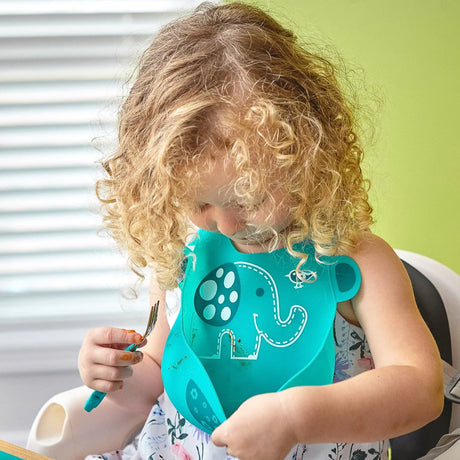
Find The Best Bib For Your Baby's Meal Time Needs
Bibs are used to protect clothing from spills and stains during meal time. They come in a variety of styles, colours and materials to suit your needs.

Bibs are used to protect clothing from spills and stains during meal time. They come in a variety of styles, colours and materials to suit your needs.
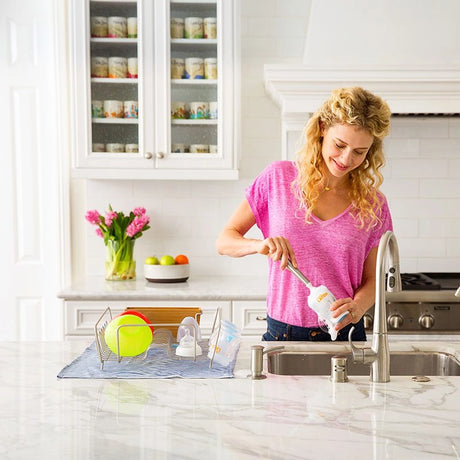
Cleaning and sterilizing baby bottles is essential to ensure the health and well-being of your little one.
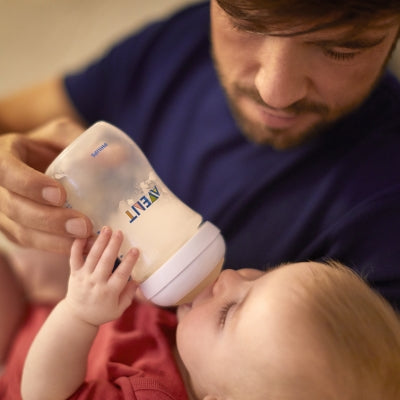
It's a relatively simple concept but for many, feeding and weaning can present unexpected challenges which can be both emotional (thanks hormones) and stressful! We've put together our top tips...
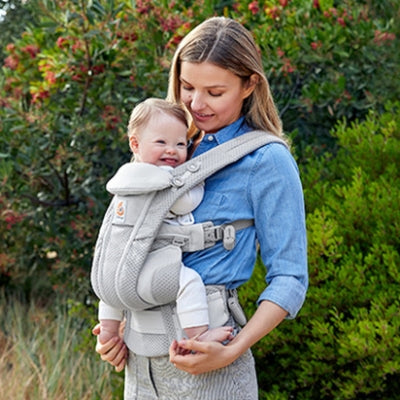
We've asked our team of specialists (Mum's) for their everyday mum-hacks they wish they had known before!
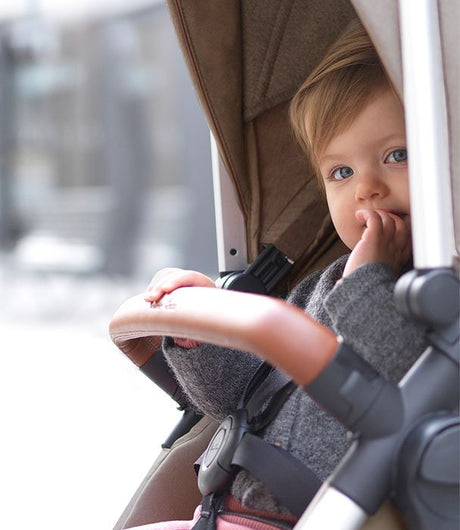
With all the different brands, sizes, models, accessories and travel systems available, you may be wondering how anyone could ever arrive at a decision on which pram or pushchair to...
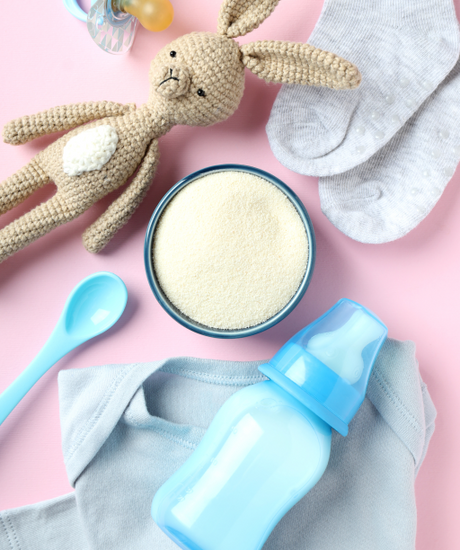
Preparing for newborn baby? Our simple checklist to help you welcome your little one to the world with confidence.
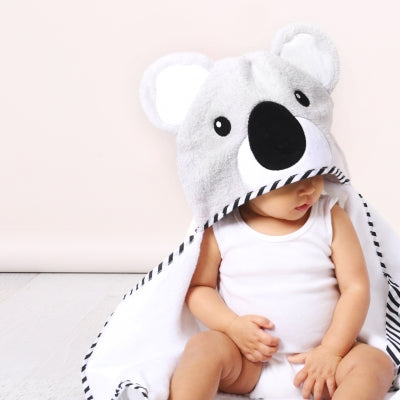
Tiny little bodies require the gentlest of baths. Most babies love to have a bath and it can be a special bonding time for you and your little one. Having...
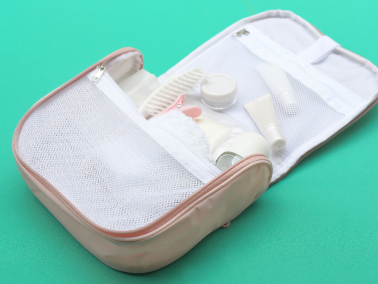
As you approach your due date, along with the usual "must be any day now" observations from strangers in the supermarket, another common question is: have you got your hospital...

You've decided on the cot. You're rolling with a pram or stroller. All that remains between you and baby shopping glory is the baby car seat.
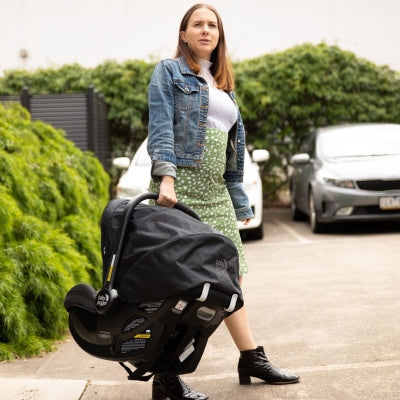
You've decided on the cot. You're rolling with a pram or stroller. All that remains between you and baby shopping glory is the baby car seat. When you stare out...